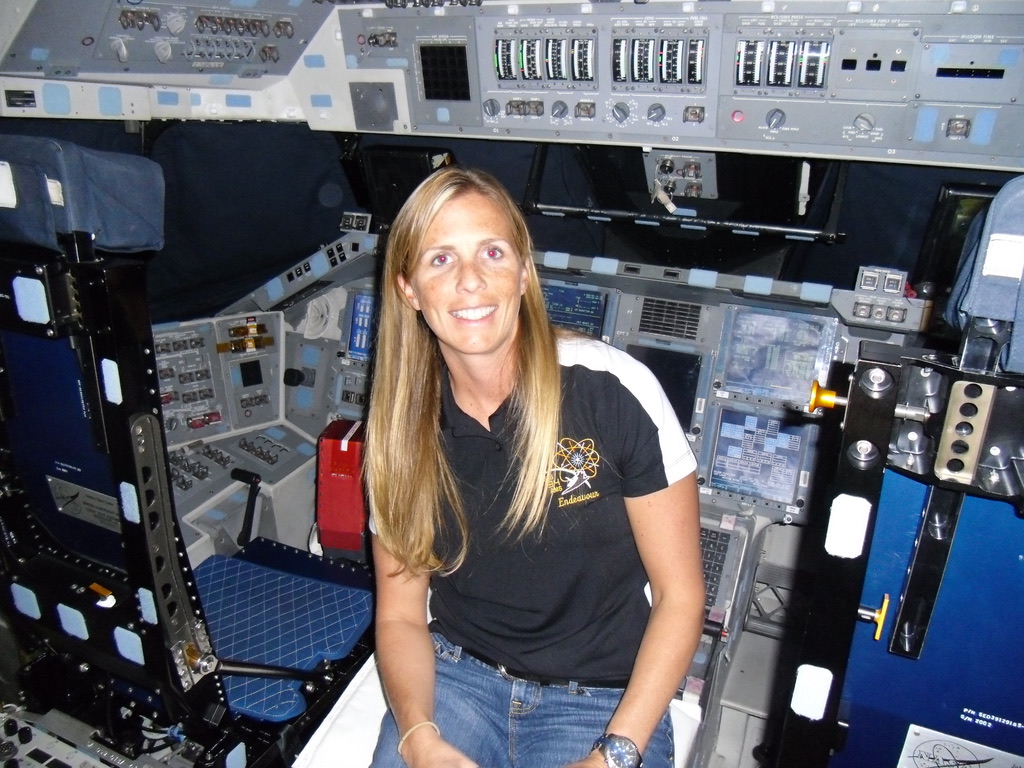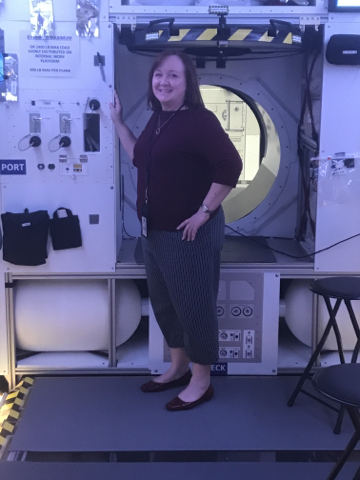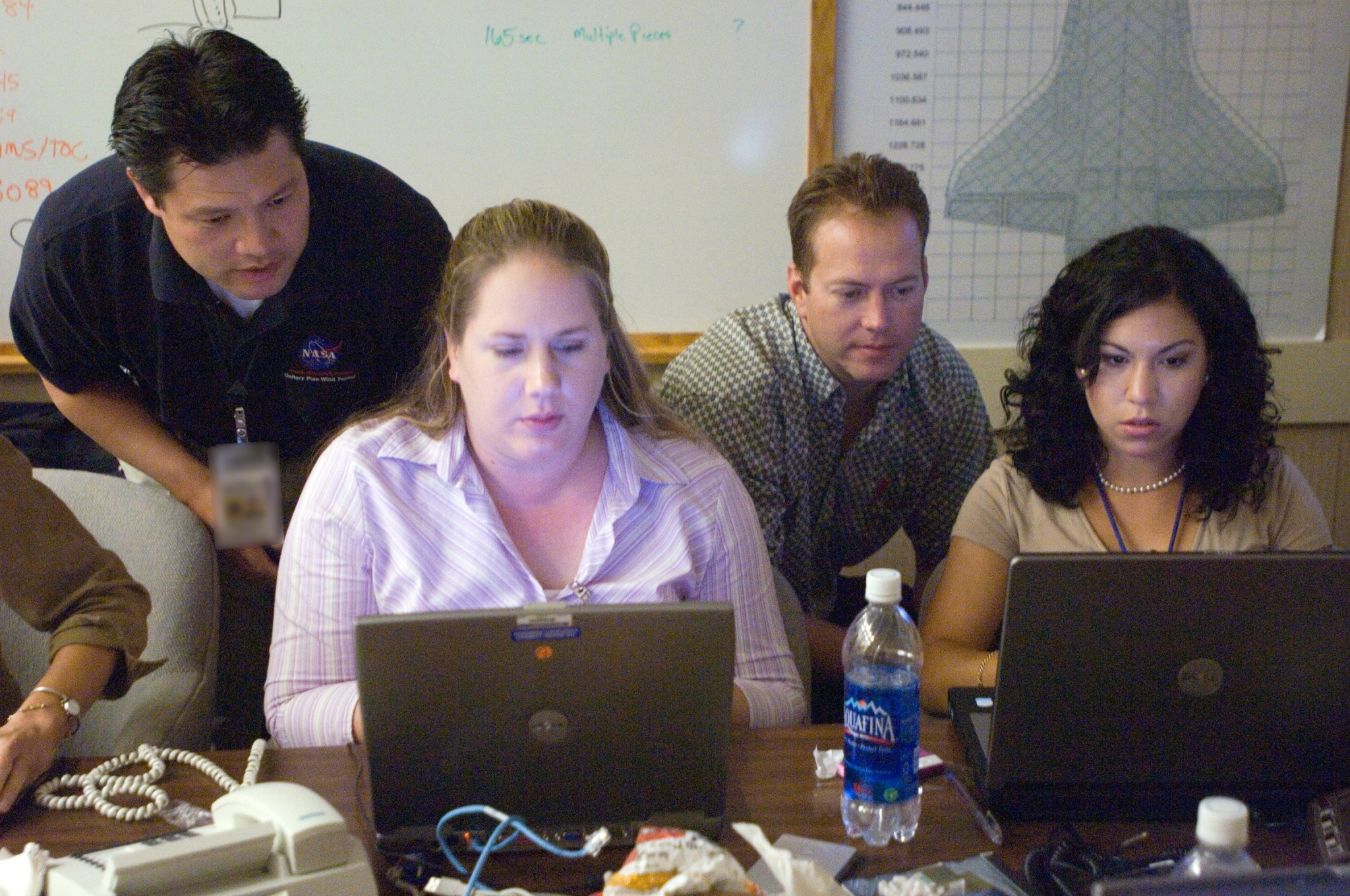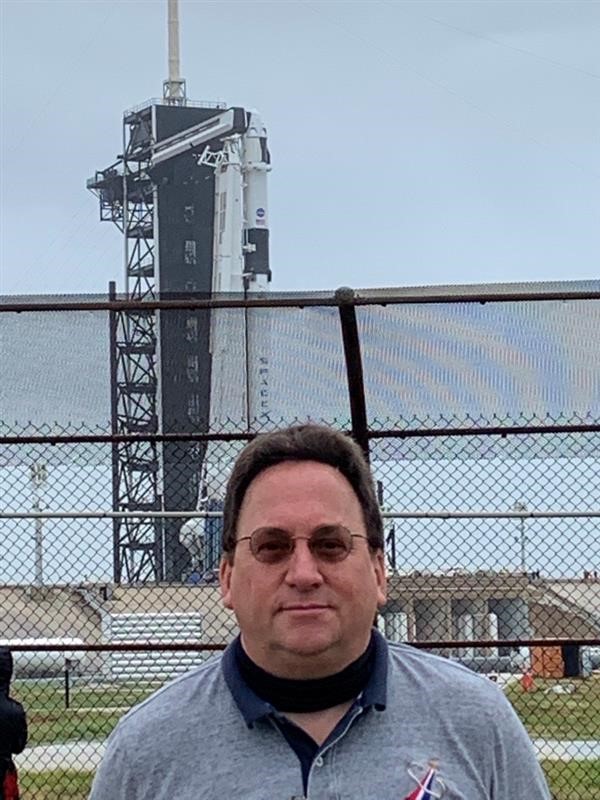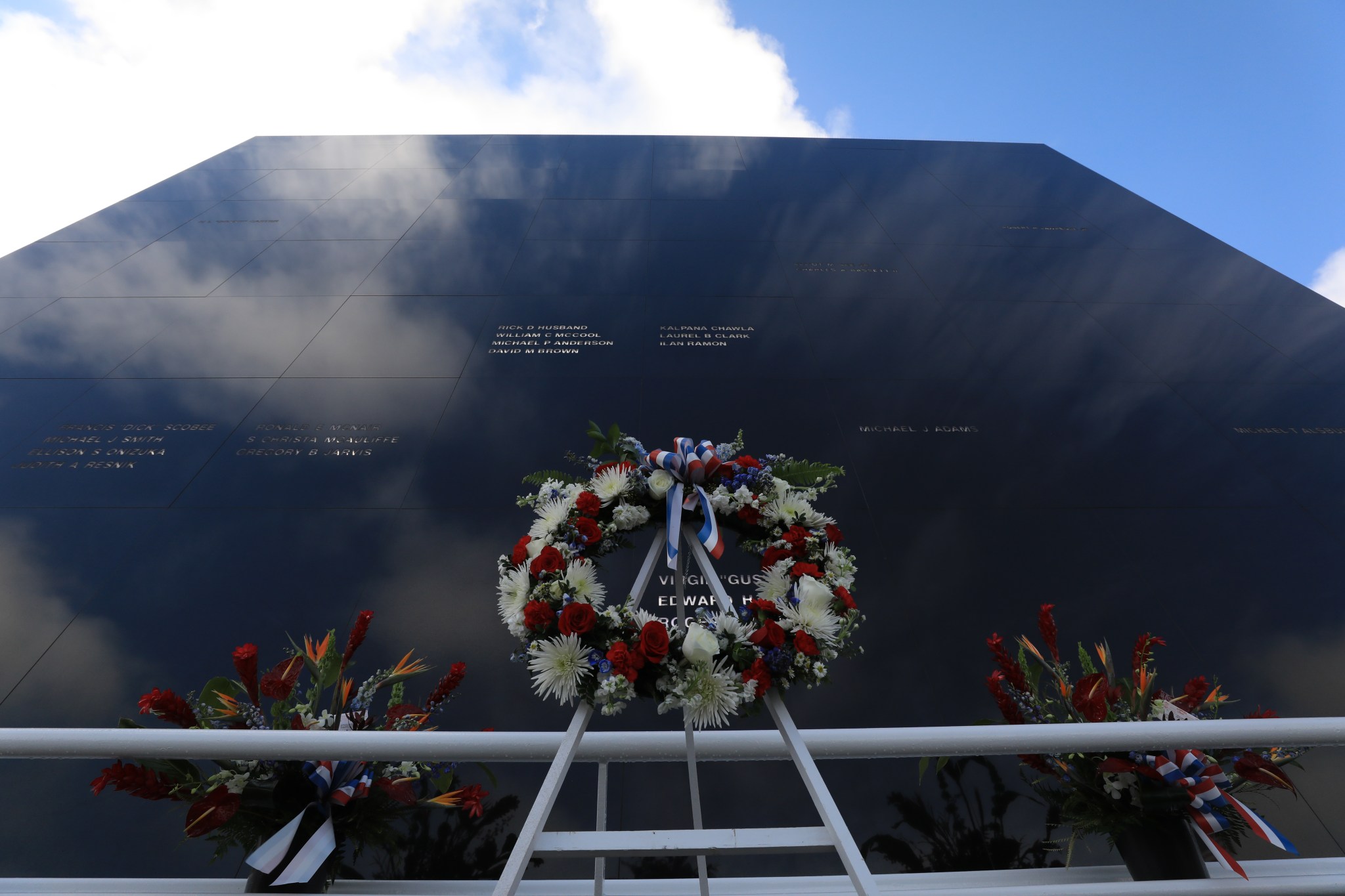
By Jim Cawley
NASA’s Kennedy Space Center
Safety is a core value woven into the fabric of NASA’s history – and its future. For NASA’s Commercial Crew Program (CCP), safety drives the team’s efforts to advance human spaceflight, sustain the International Space Station with crew transportation through 2030 and lay the groundwork for future exploration of the Moon and Mars.
Today, Jan. 27, on NASA’s Day of Remembrance, the agency pauses to remember those who lost their lives to advance space exploration and discovery, including the crews of Apollo 1 and space shuttles Challenger and Columbia. Four CCP members also are honoring this legacy by recalling personal experiences and reflecting on how past lessons – and their program’s unwavering commitment to safety – have shaped them and the work that they do.
“As a child in elementary school, I remember sitting in our classroom gathered together to watch the teacher (Christa McAuliffe) launch on the Space Shuttle Challenger in 1986,” said CCP Deputy Program Manager Dana Hutcherson. “I remember exactly where I was that day, watching the accident unfold, and I remember wanting to learn more about space and rockets. I believe this was my initial spark for my interest in all things space.”
Hutcherson began working at Kennedy in 2000 as a tile engineer for United Space Alliance (USA). She joined NASA in 2006 and has been with CCP since 2011. Less than three years into her job with USA, she was using her skills to assist in investigating another tragedy.
“After the Columbia accident, I spent time working at the hangar identifying debris and mapping the pieces for the investigation,” Hutcherson said. “This is really where it hit me how important my job was in protecting the astronauts as they traveled to and from space.”
Hutcherson strives to ensure everyone within CCP has a voice. When people feel comfortable communicating issues, she says, NASA can be confident balancing and assessing risk.
CCP Integrated Performance Office Acting Manager Kim Ess has been with NASA since 1987. Upon her hiring, she was tasked with designing and building the mockups for crew evaluations of the safety modification made to the orbiter fleet and crew systems following Challenger.
“I saw the aftermath of the Challenger accident on the workforce as a young engineer, and then went through it during the Columbia accident while working in the Orbiter Project Office,” Ess said. “It was devastating, and an experience I work hard to make certain does not reoccur.”
After the Columbia tragedy, Ess was the project manager for the orbiter boom sensor system, which was used to inspect the thermal protection system on orbit for every ensuing shuttle mission. Ess has experienced the benefits of putting many past lessons into action, something she said NASA continues to heavily rely upon today.
“A big takeaway is that it is more efficient to integrate safety up front as opposed to modifying an existing spacecraft or providing mitigations for a capability that just isn’t there,” she said. “The abort systems on Orion and on both of our providers’ vehicles (Boeing’s Starliner and SpaceX’s crew Dragon) are a testament to NASA learning this lesson.”
Ess’ experiences also taught her there is no equivalent to doing thorough end-to-end integrated testing.
“Each system working flawlessly on its own does not mean the integrated spacecraft will operate safely,” she said. “We must look at the integrated performance of the spacecraft.”
Senior Technical Integration Manager Dan Bell has been with NASA for 11 years, including nine with CCP. He works with resources across the agency to resolve technical issues while identifying and prioritizing risk reduction opportunities across the program and with partners.
“Crew safety is the prime consideration in what I do on a daily basis,” Bell said. “The entire program is predicated on being able to transport people to the space station safely. A failure on our part to ensure that safety would not only impact the NASA/space station missions, but all of the commercial flights that are following our lead.”
The Challenger accident happened when Bell was in college; the Columbia accident proved to be much more personal. In December 2002, he moved his family to Florida to accept a position as a thermal protection system subsystem manager for Boeing.
“After completing my training, my position became official about 45 days prior to the break-up of Columbia over Texas,” Bell said. “On Feb. 1, 2003, I was in the caravan on the runway awaiting Columbia’s return.”
Bell is a big believer in the application of lessons learned. While discussions provide perspective, he said, putting them into practice is the best way to ensure they are transferred to those without prior experiences.
Systems Engineer and Integration Manager Ed Burns has had plenty of experiences during his 30-year NASA career, which includes 10 years in commercial crew. One in particular stands out to constantly reinforce his commitment to human spaceflight safety.
“I clearly recall a discussion with an astronaut regarding him sitting in the cabin during prelaunch countdown and wondering how an anomaly from a previous shuttle flight had been resolved,” Burns said. “The crew can’t be everywhere and know everything about every system. That made it clear how much faith the crew put in the larger team’s commitment to ensure that the vehicle they were getting ready to fly on was safe.”
As CCP continues to advance human exploration and help prepare the agency for deep space missions, safety of the crew, personnel, and the public will remain of paramount importance.
“Going to space remains a dangerous endeavor that we are successful at through vigilance and the commitment to safety we make with each mission,” Ess said.
Somber and sobering, but surpassed by tribute and respect, NASA’s annual Day of Remembrance serves as a time to not only honor our heroes to whom we will forever be indebted, but also to remind ourselves of the important lessons that history has taught us.
“Crew safety is built into every aspect of CCP, from requirements to testing, training, preparing for emergency situations, and ultimately, the missions. We don’t breathe a sigh of relief until the crew exits the capsule at the end of the mission,” Hutcherson said. “America is behind us, expecting NASA – and now, our commercial providers – to continue to venture into space.”



























